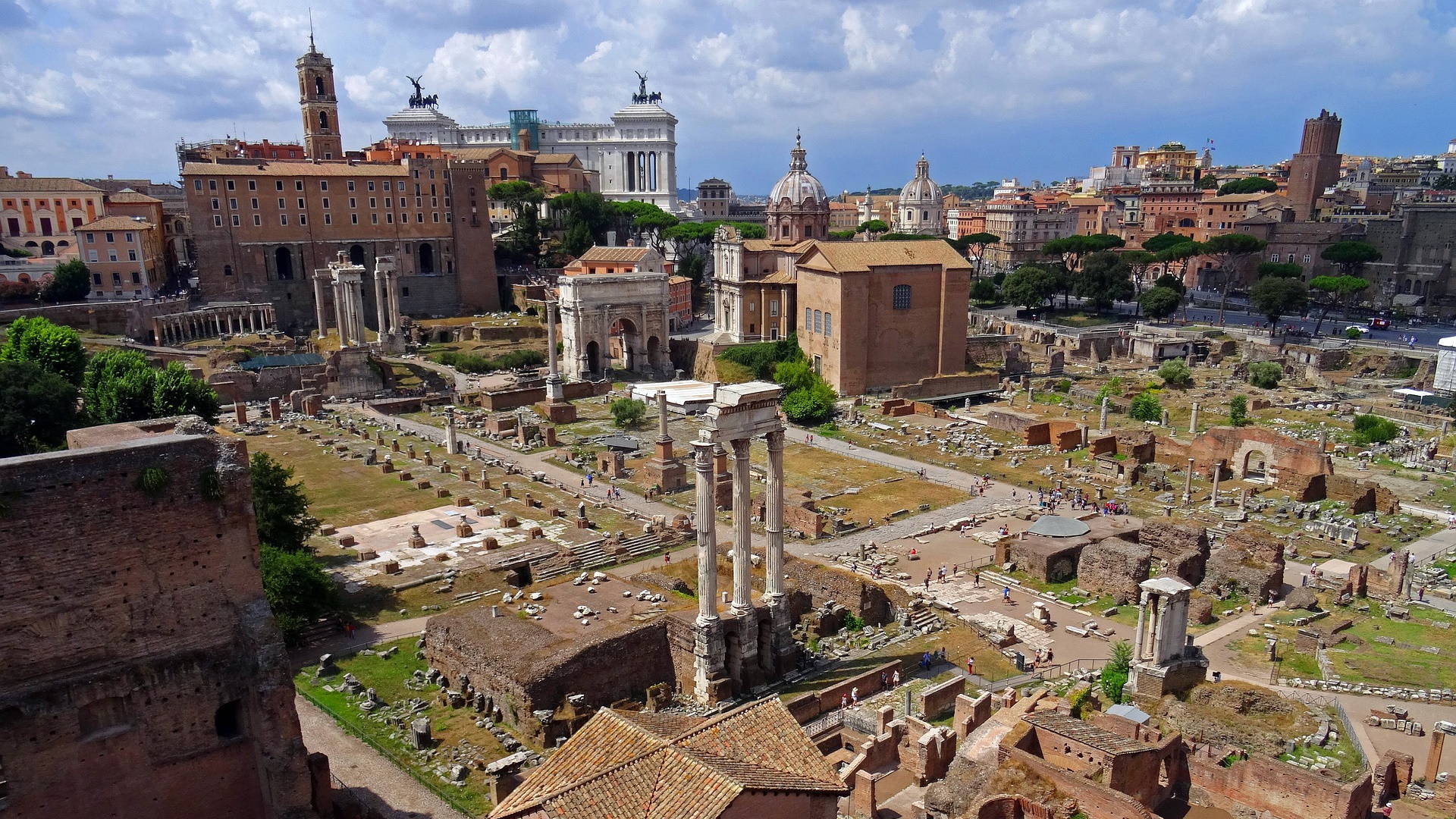
Located between the Roman Forum and the Campidoglio Hill, the 10th rione of Rome is the best known and vital in the city. The numerous archaeological and museum sites occupy over 60% of its territory.
Every year, tourists converge here to visit the Roman Forum, the archaeological, political, legal, religious, and economic center of ancient Rome, Piazza del Campidoglio, designed by Michelangelo, which houses Palazzo Senatorio, the seat of the Mayor of Rome, the Capitoline Museums, the oldest public museum in the world, founded in 1471 by Sixtus IV, constituted by Palazzo dei Conservatori and Palazzo Nuovo, the super white monument to Vittorio Emanuele II, the Vittoriano, often irreverently compared to a typewriter or, even, to a wedding cake, Piazza Margana, a jewel of medieval Rome, Via di San Gregorio connecting the Colosseum with the Circus Maximus, and then via dei Fori Imperiali, one of the most scenic streets in Rome on either side of which are the monumental remains of the forums of Caesar, Augustus, Nerva, Pace, and Traiano.
The name of the district derives from Campus Telluris (dusty field), or is a corruption of the word Capitolium, the hill on which the most important temple of ancient Rome, dedicated to the Capitoline triad formed by Jupiter, Juno, and Minerva stood. A legend has it that a priceless treasure should be found right under the temple, but until today, despite the searches and demolitions that have affected the area, no one has ever found it.
On the southern side of the hill is the Rupe Tarpea, the rocky wall from which the prisoners of ancient Rome were thrown into the underlying Roman Forum.
Built by King Anco Marzio in the 7th century BC, the Mamertine Prison, or Carcer Tullianum, located at Clivo Argentario, inside the Roman Forum, is the oldest in Rome. According to tradition, apostles Peter and Paul were locked up here before undergoing martyrdom. In the Mamertine Prison, other illustrious figures were executed by strangulation or beheading; among the best known were Jugurta, king of Numidia, in 104 BC. and Vercingetorix, king of the Gauls, in 46 BC.
Leaning against the east side of the Vittoriano, at the slopes of the Ara Coeli staircase, is the Ara Coeli Insula, an ancient Roman condominium consisting of rental houses. Unlike the Domus, the houses owned by citizens, the insulae were the houses that citizens could rent in the imperial era. Given the need for housing for the growing population and the lack of building land, these developed in height; this one, in particular, stood on at least five floors. The large arcades of the portico housed shops and laboratories, while on the three upper levels, originally divided into small apartments, about 380 people lived.
Borders: Piazza di San Marco, Via di San Marco, Via d'Aracoeli, Via Margana, Piazza Margana, Via dei Delfini, Via Cavalletti, Via della Tribuna di Campitelli, Via del Foro Piscario, Via del Teatro di Marcello, Vico Jugario, Piazza della Consolazione, Via dei Fienili, Via di San Teodoro, Piazza di Santa Anastasia, Via dei Cerchi, Via di San Gregorio, Via dei Fori Imperiali, Piazza Venezia.
The rione coat of arms is a black dragon's head on a white background. According to a medieval legend, the Devil turned himself into a dragon and infested the Temple of Castor and Pollux in the Roman Forum. Pope Sylvester I confronted him and managed to kick him out.
The Roman Forum and the Palatine
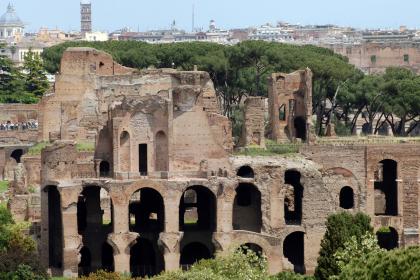
 Condividi
Condividi
Piazza del Campidoglio (The Capitoline Hill)
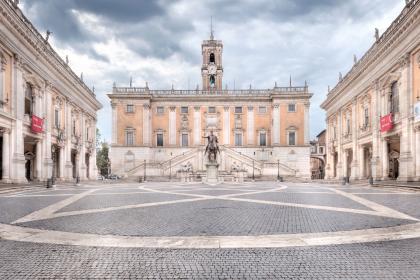
 Condividi
Condividi
Palazzo Senatorio
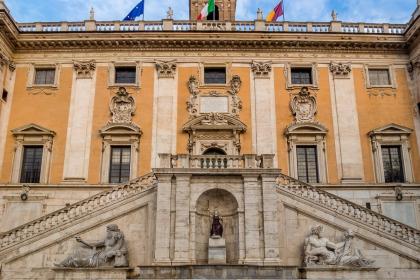
 Condividi
Condividi
Palazzo dei Conservatori
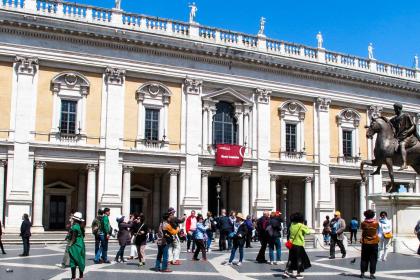
 Condividi
Condividi
Palazzo Nuovo
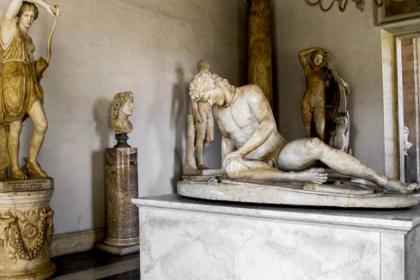
 Condividi
Condividi
The Capitoline museums
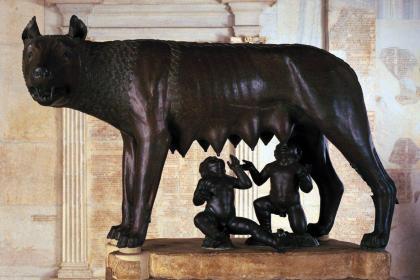
 Condividi
Condividi
Monument to Vittorio Emanuele II (Vittoriano)
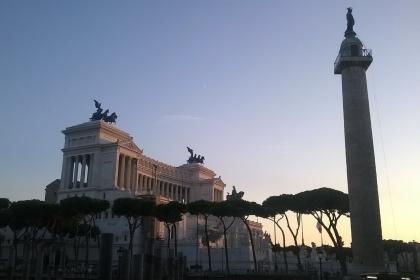
 Condividi
Condividi
The Flavian Amphitheatre (The Colosseum)
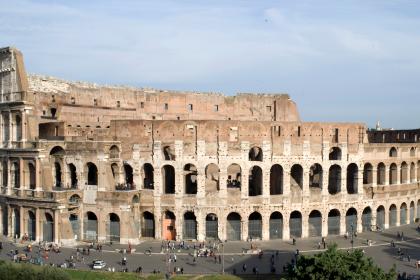
 Condividi
Condividi
Circus Maximus
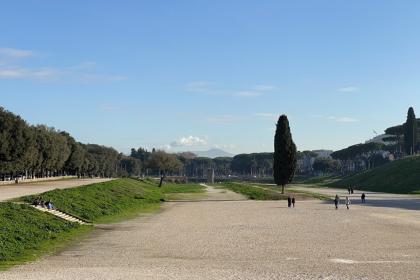
 Condividi
Condividi
The Capitoline Hill: a place of legends
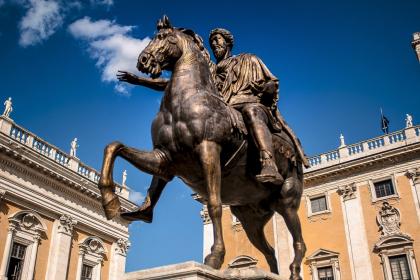
Mamertine prison (Carcer Tullianum)
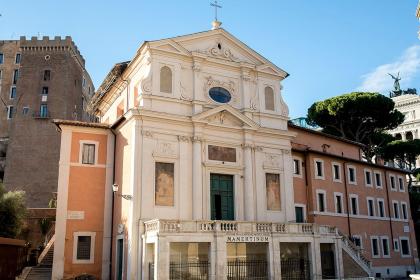
 Condividi
Condividi
The Ara Coeli Insula
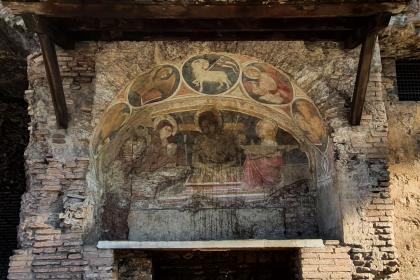
 Condividi
Condividi












































